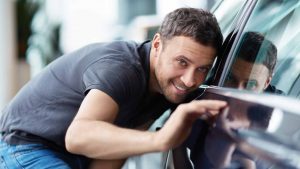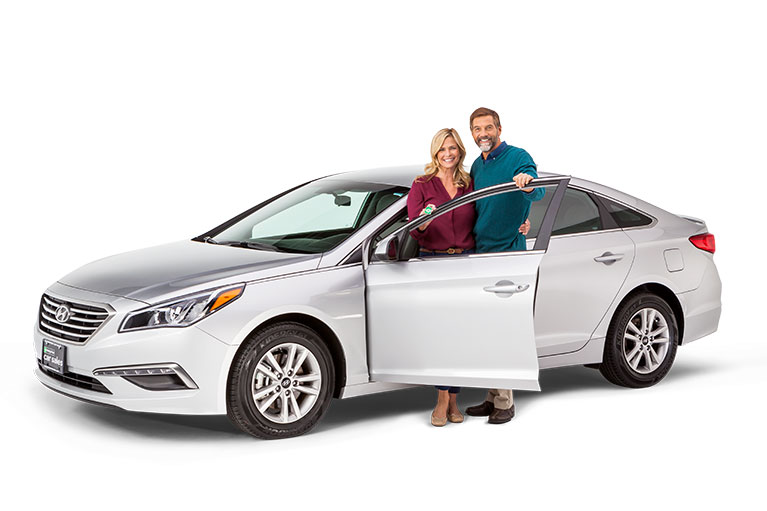If you were thinking about buying a used car then stay tuned, because today I’m going to show you how to quickly check out a used car for purchase. Now, all modern cars are computerized, so if you have one of these OBD2 readers, plug it into the car and you’ll learn a lot. And realize that these OBD2 scanners will fit any car from 1996 to the present. So if you don’t have one, it’s a good idea to get one. Some are as cheap as 40 bucks.
You just plug the code reader right in. It snaps in, then start the car. Then the first thing you want to do is see if there’s any codes. So we’ll choose Read Codes. Well, there is no code, so that’s good. Now, if there were any trouble codes, that means there’s a problem with the car. There aren’t any, so we know that at least there’s no solid trouble codes. Then you also want to check a thing that’s called drive cycle monitor. And in this case, you can say it says all monitors are OK. And that’s really important to check also, because sometimes the owner will have the computer reset and it will have problems. Then it would say some of the monitors weren’t OK yet. You wouldn’t want to buy the car then. Now, the next thing to do is to park on a nice, flat surface, and then look under it to see if there’s any kind of oil leakage that’s dripping down on the ground.
 And do the same thing on all the door seams to make sure they look the same front to back and side to side. So we’re going to the other side. And they all match, so it wasn’t whacked one side or the other. Now we’ll pop the trunk open and look inside to see if it’s been rear ended. Well, the seams inside are clean and they’re all factory-looking. And now we’ll pick up the rugs and look inside. And sure, a little cardboard stuff is ripped. But more importantly, all these factory seams are still exactly as the car was built. They haven’t been touched and done over, so it hasn’t been rear ended. Then you want to go up and down the car looking at the paint. And look at the reflections, because that way you can see if there’s any little dings.
And do the same thing on all the door seams to make sure they look the same front to back and side to side. So we’re going to the other side. And they all match, so it wasn’t whacked one side or the other. Now we’ll pop the trunk open and look inside to see if it’s been rear ended. Well, the seams inside are clean and they’re all factory-looking. And now we’ll pick up the rugs and look inside. And sure, a little cardboard stuff is ripped. But more importantly, all these factory seams are still exactly as the car was built. They haven’t been touched and done over, so it hasn’t been rear ended. Then you want to go up and down the car looking at the paint. And look at the reflections, because that way you can see if there’s any little dings.


